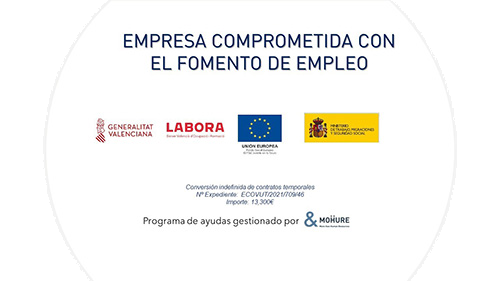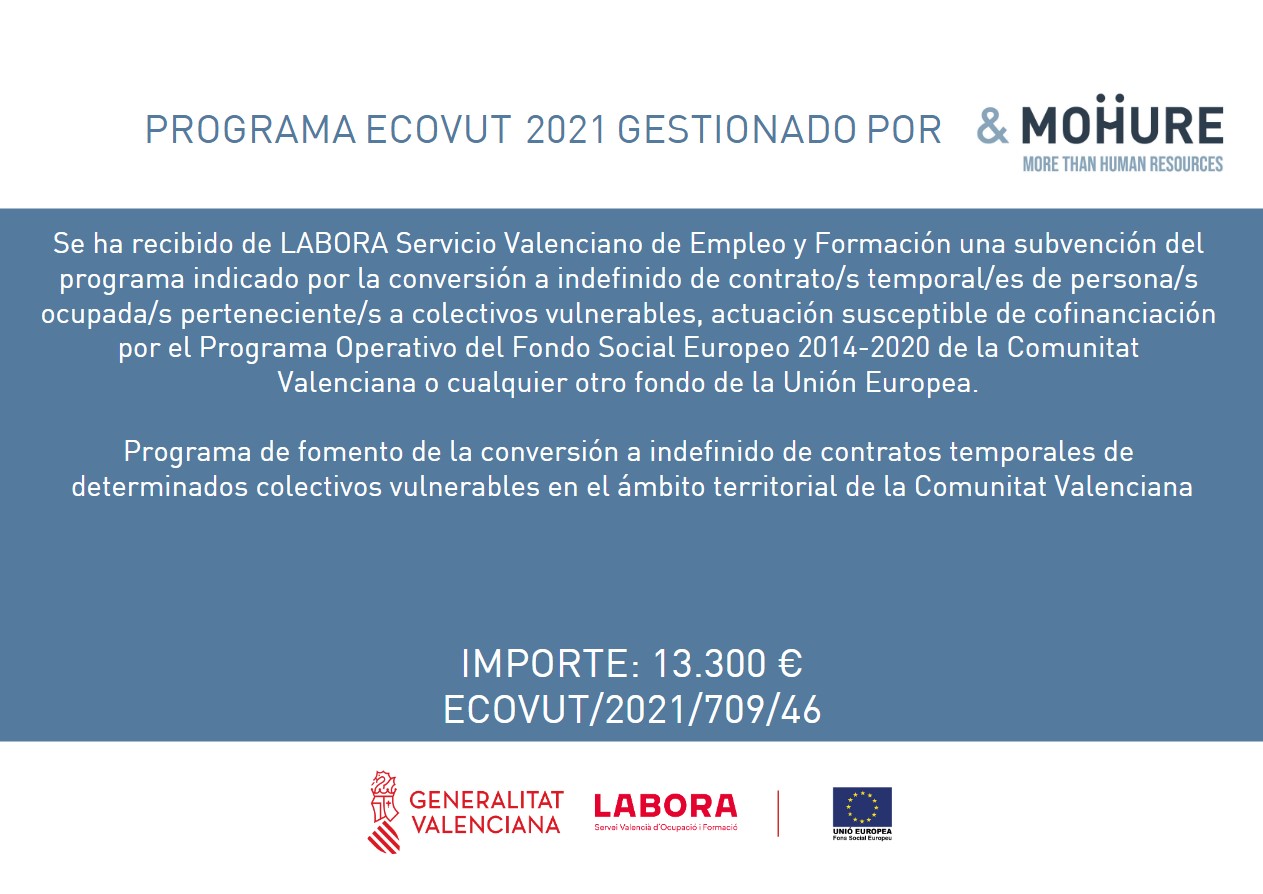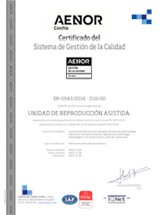The Reproduction Unit of Clinica Vistahermosa has duplicate in two years this procedure due to the advantages that it presents, specially the low cost (Information newspaper).
“In the Reproduction Unit of Clinica Vistahermosa the embryo adoption represents the 8,5% of the treatments of in vitro fertilization in 2012 to the 23% this year”. This states the Director Dr. José Jesús López Gálvez with explains that “it is a reproductive technique that consists on the implantation of embryos that other couples or single mothers have obtained during their fertilization processes and that, after conceiving the wished number of descendants, they decide to donate the ones that will not use anymore”.
The embryo adoption has duplicate in two years in Spain, country where this mode is pioneer. Regarding this data the Spanish Fertility Society (SEF), its growth goes together with the delay of the age that, nowadays, women or couples think the maternity.
This reproductive technique usually is the last resort before giving up  and it is used by women over 40 years old with severe sterility problems and that have been through many failed fertility treatments. These are families that face the disjunctive between giving up conceiving child or conceiving without their genetic charge.
and it is used by women over 40 years old with severe sterility problems and that have been through many failed fertility treatments. These are families that face the disjunctive between giving up conceiving child or conceiving without their genetic charge.
Dr. López Gálvez argues that “the donation is absolutely annonymous and counts with a great economic advantage, as the procedure has been franchised previously and they just need to cover the costs of defrosting and transfer, which is around 2000 euros”.
The remanining embryos of the infertility processes are placed in cryoconservation banks and do not have expiring date, although, the adequate time of maintenance is 2 years.
López Gálvez considers that “the transfer of these embryos is a good option to provide them an important social outlet, with no need of keeping them in bioconservation banks, nor destroying them”. This specialist on infertility states that “the advantage that these embryos have is that their availability is exactly determined, which allows to schedule the day of the embryo transfer, as the genetic material is in the Reproduction Unit”.
Other advantage, indicates the gynecologist of Alicante, is that the new procedures of freezing by vitrification optimize that this reproductive procedure reaches better success rate than previous years”. Also, comments Dr. López Gálvez “because of the actual situation and the expeses that derivate of the traditional adoption, the embryo adoption starts growing between the sterile couples, although as a reproductive technique is has a limited efficiency of 35 to 40%, depending on the anatomic and age conditions of the receptive, this is, aproximately 4 out of 10 achieve it”.










